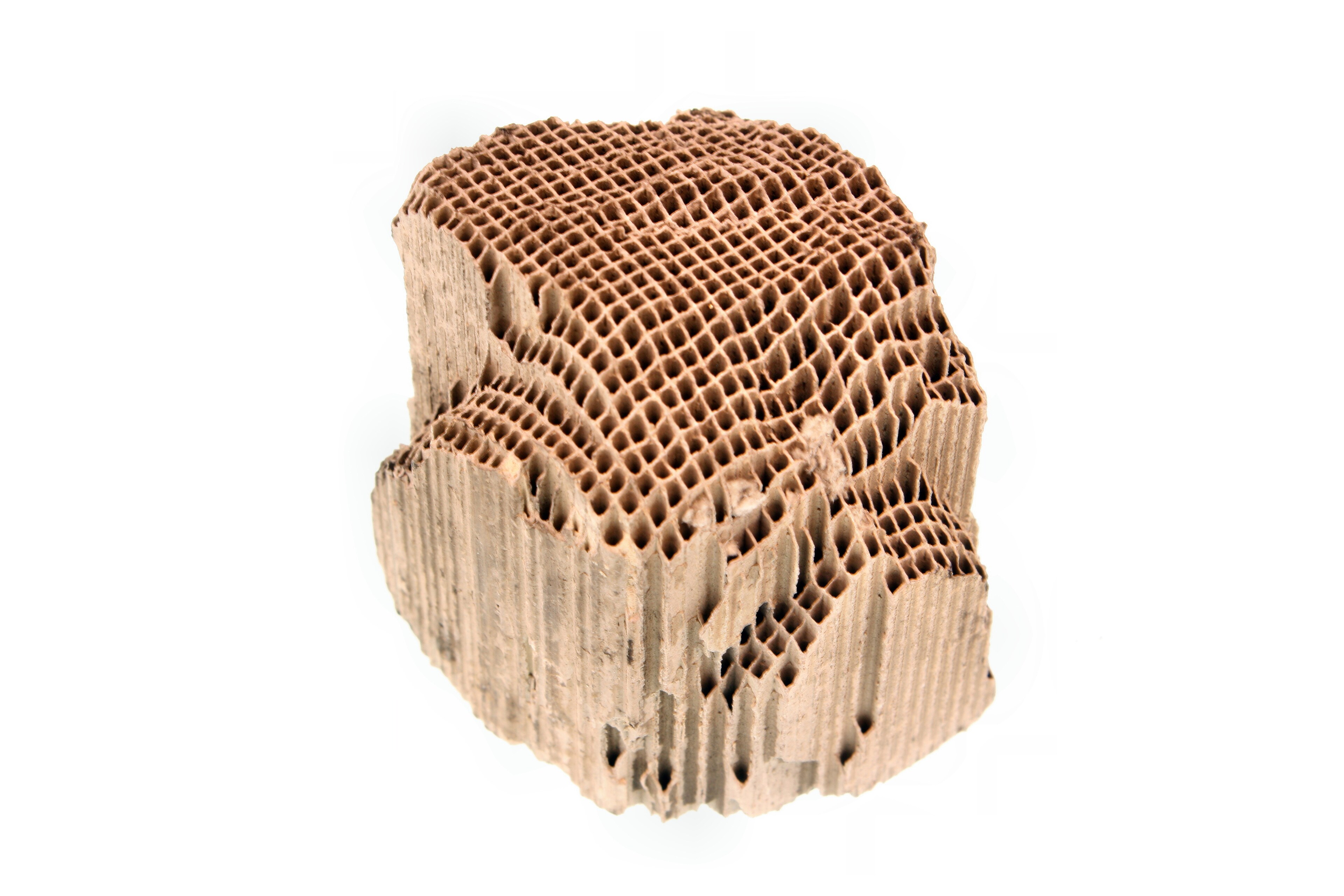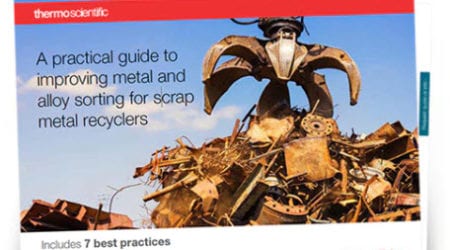 Catalytic converters are pollution control devices coated with chemicals and a combination of the platinum group metals (PGM) platinum (Pt), rhodium (Rh) and/or palladium (Pd). The PGMs are responsible for the conversion reactions that turn pollutants into harmless gases. Most present-day vehicles that run on gasoline, including automobiles, trucks, buses, trains, motorcycles, and planes, have exhaust systems with a catalytic converter.
Catalytic converters are pollution control devices coated with chemicals and a combination of the platinum group metals (PGM) platinum (Pt), rhodium (Rh) and/or palladium (Pd). The PGMs are responsible for the conversion reactions that turn pollutants into harmless gases. Most present-day vehicles that run on gasoline, including automobiles, trucks, buses, trains, motorcycles, and planes, have exhaust systems with a catalytic converter.
Because they play a pivotal role in the automotive industry as well as numerous other industries, the demand for PGMs is huge. More than 98% of new cars sold worldwide each year are now fitted with these devices, which accounted for 51% of total world demand for PGMs in 2010 according to the International Platinum Group Metals Association (IPA).
Catalytic converter recycling is big business and plays a significant part in the effort to feed the constant demand for (and scarce supply of) PGMs. A simple Google search will produce dozens of companies that purchase spent catalytic converters to recover the PGMs. Most recycled catalytic converters in the U.S. contain recoverable amounts of PGMs ranging from 1-2 grams for a small car to 12-15 grams for a big truck. According to the 2015 USGS Platinum Group Metals Mineral Commodity Summary, an estimated 155,000 kilograms of platinum, palladium and rhodium was recovered globally from new and old scrap in 2014, including about 50,000 kilograms recovered from automobile catalytic converters in the United States. A previous Analyzing Metals post, Platinum Group Metal Recovery from Spent Catalytic Converters Using XRF estimated the total value of Pt, Pd, and Rh reclaimed from the recycling of spent catalytic converters was $3 billion in 2010.
To recover the considerable value in spent catalytic converters, companies need to quickly and accurately determine the amounts of Pt, Pd, and Rh at the collector’s site or in the refineries. Automotive catalyst material is made either of a ceramic substrate, mostly cordierite coated with a precious metal containing a wash coat, or of a metallic substrate with an aluminum oxide wash coat also containing precious metals. The average concentration and ratio of PGMs and the current market price of these three elements has fluctuated strongly over the last 20 years, depending on the supply, demand, and speculation. These variations, as well as the tightening of emission legislation, have had a direct correlation on the composition of the catalysts, which themselves have had a strong influence on demand. Currently the composition, which depends on the engine displacement and the type of fuel used, varies dramatically. The formulation can consist of only Pt, or various ratios of Pt-Pd-Rh, Pt-Rh, and Pd-Rh.
Pyrometallurgical processes are favored for the recycling of PGM-bearing materials such as catalytic converters because of the high recovery rates. Recycling efforts must be combined with careful elemental analysis of the recovered metal to determine its exact chemical composition and to ensure the metal is free from contaminants or hazardous materials. The trade of ground-up material sold as catalysts can be very dangerous because it may be contaminated with lead or spent nickel-cadmium batteries. Wavelength dispersive x-ray fluorescence (WDXRF) technology is well established for the analysis of the recovered metal because it offers high sensitivity down to low atomic number elements, high repeatability, and element selectivity. WDXRF is also favored for its wide dynamic range and ability to achieve the performance levels needed for routine industrial applications.






Good analysis.